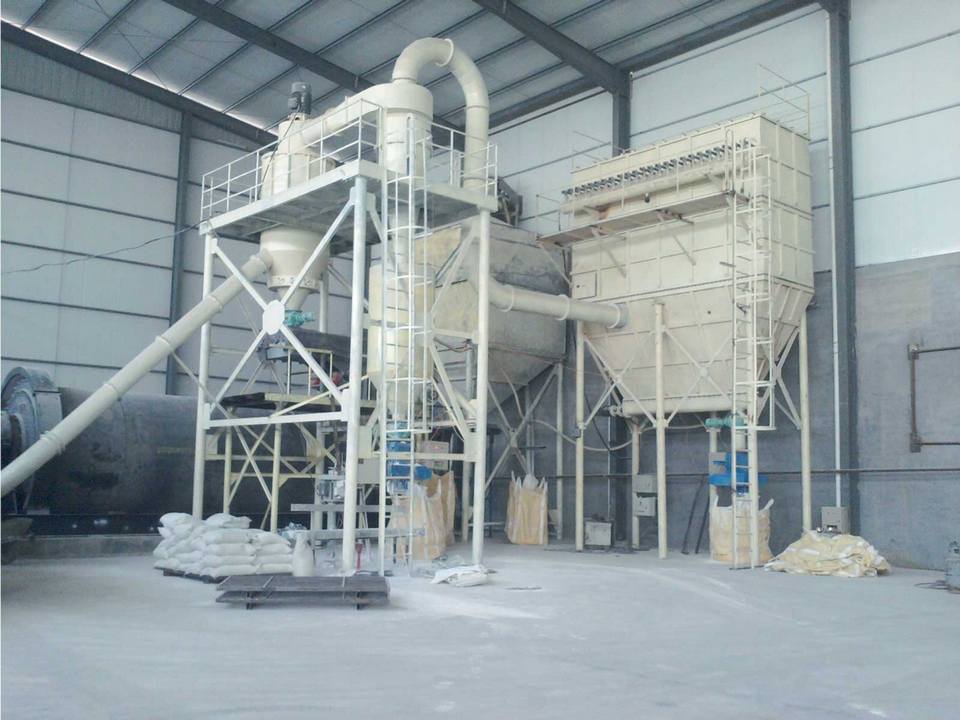Types of dust collector
Dust collector is a dust removal equipment that separates dust from flue gas. The performance of the dust collector is expressed by the amount of gas that can be processed, the resistance loss when the gas passes through the dust collector, and the dust removal efficiency. At the same time, the price of the dust collector, operation and maintenance costs, the length of the service life and the difficulty of operation and management are also important factors to consider its performance.

Dust collectors are divided into the following categories according to their principle of action:
- Filter type dust collector, including bag filter and particle layer dust collector, etc.
- Electrostatic precipitators.
- Magnetic dust collector.
Dust collectors are divided into:
- Dry dust collector;
- Semi-dry dust collector;
- Wet dust collector.
The working principle of the dust collector:
After the dust-containing gas enters from the upper air inlet of the ash hopper, under the action of the wind baffle, the air flow flows upward, the flow rate is reduced, and some large particles of dust are separated and fall into the ash hopper due to inertial force. The dust-containing gas enters the middle box and is filtered and purified by the filter bag, and the dust is trapped on the outer surface of the filter bag. The purified gas enters the upper box through the filter bag mouth and is discharged from the air outlet. The most commonly used in modern industry are: electric bag compound dust collector and bag dust collector.
The electric bag compound dust collector is installed in a box, with a short electric field installed at the front end and a filter bag field installed at the back end. The smoke and dust are introduced from the left end and pass through the electric field area first. The dust particles in the electric field area are 80%-90% charged. Dust is collected (use the advantages of electric dust removal to reduce the load on the filter bag field). The flue gas passing through the electric field enters the filter bag area for secondary filtration, and enters the inner cavity of the filter bag through the outer surface of the filter bag. The dust is trapped on the outer surface of the filter bag, and the pure gas is discharged from the inner cavity into the flue. Exhaust from the flue.
The electric bag compound dust collector combines the advantages of the electric dust collector and the pure bag dust collector, and is a new generation of dust removal technology.
Precautions for the use of dust collector:
During use, prevent the gas from cooling below the dew point temperature in the bag chamber, especially when using the bag filter under negative pressure. Because the shell often has air leakage, the air temperature in the bag room is lower than the dew point temperature, and the filter bag will be damp. As a result, the dust is not loosely attached to the filter bag, but sticky to the filter bag, resulting in a paste. The bag cannot remove dust, and the holes of the filter bag are blocked, causing the cleaning failure, and the pressure drop of the dust collector is too large, and the operation of the dust collector cannot be continued.
